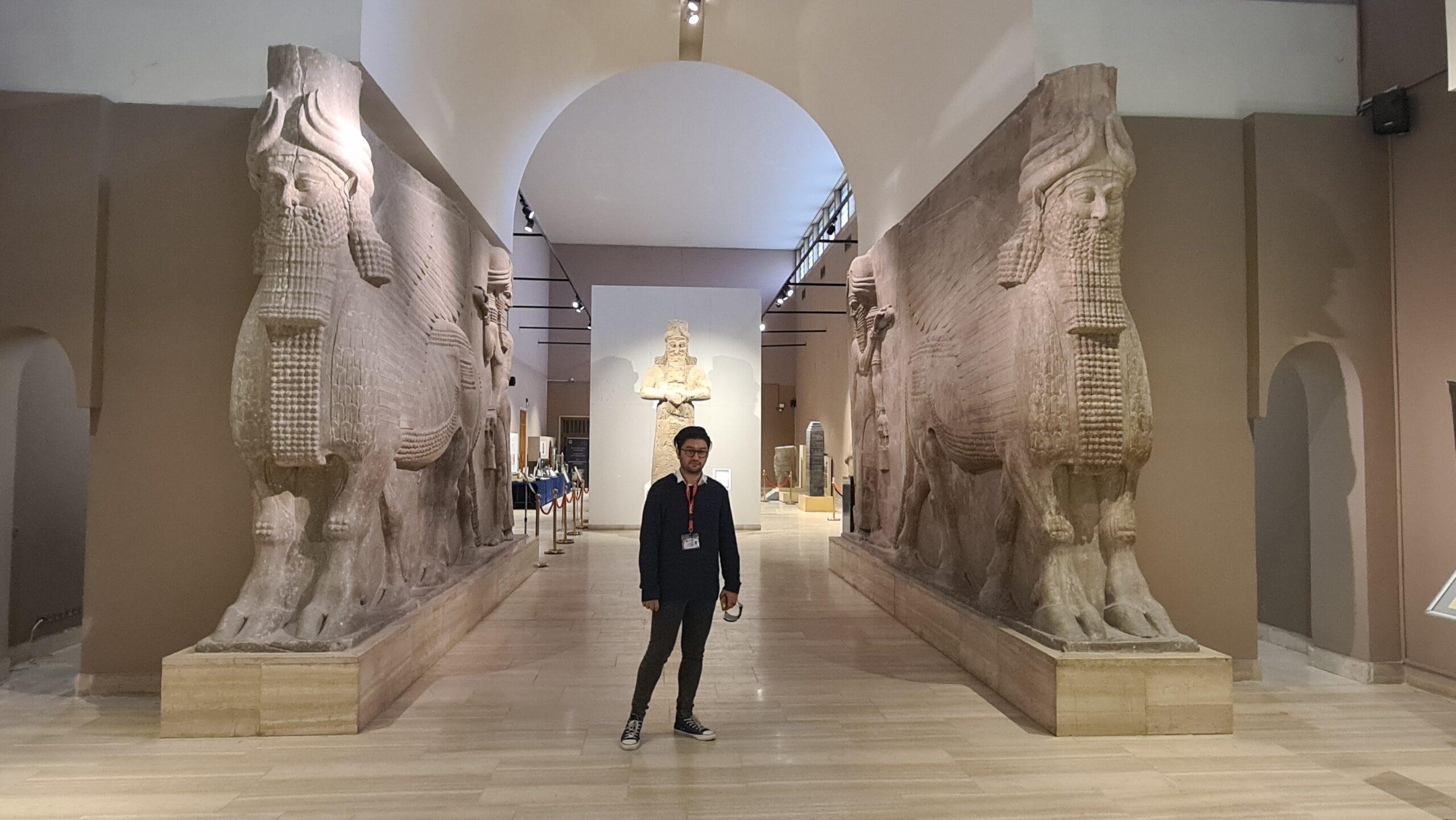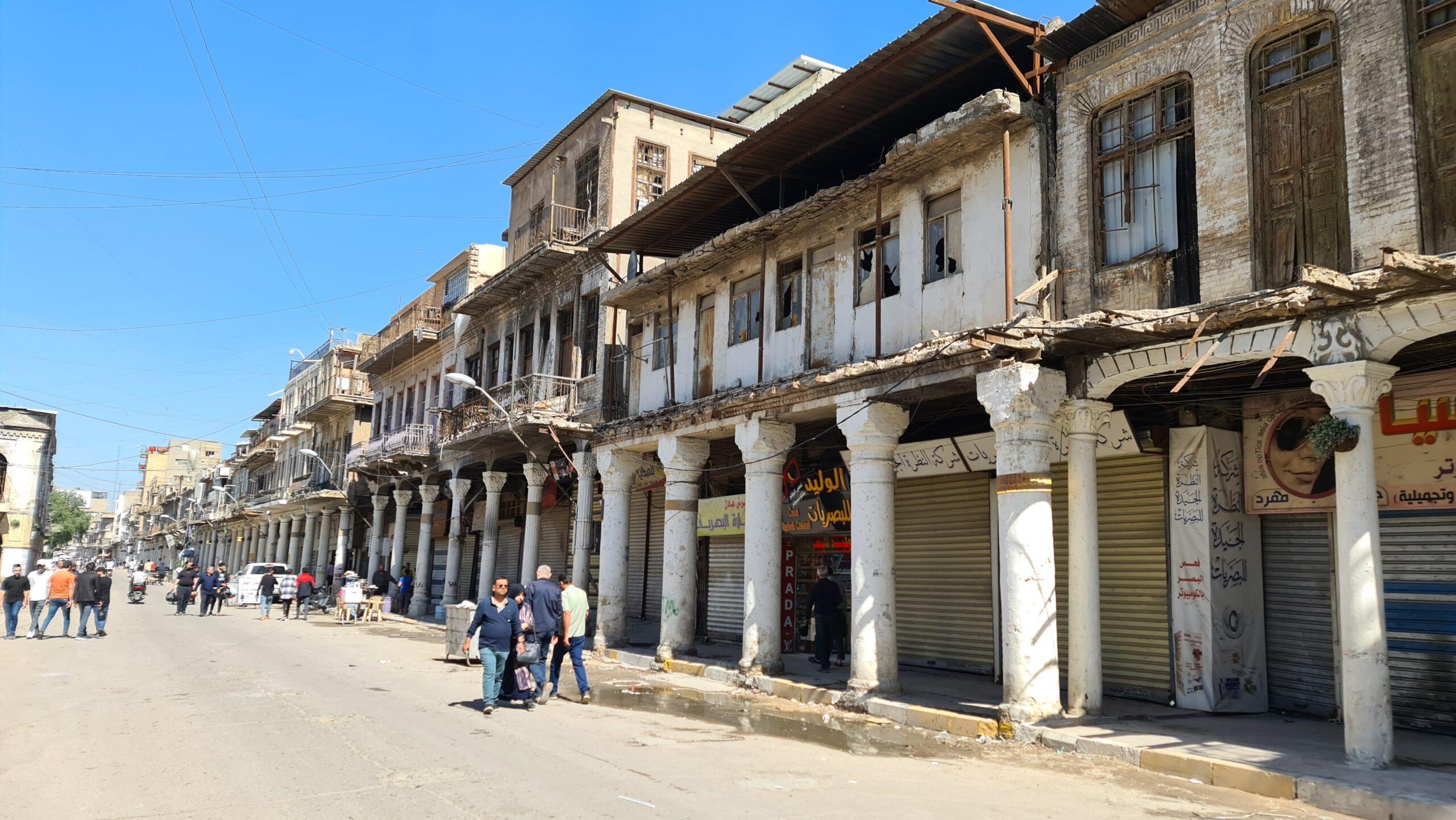Iraq Heritage
Baghdad
Baghdad is the capital of Iraq and is located on the Tigris near the ruins of the ancient city of Babylon. In 762 CE, Baghdad was chosen as the capital of the Abbasid Caliphate and it evolved to become a significant cultural, commercial, and intellectual center of the Muslim world.
A planned city with many parks, gardens, villas, sanitation, fountains and public baths, Baghdad had a circular design with radiating avenues. At the center of the city lay the Golden Gate Palace, central mosque, government buildings, academies and libraries. Baghdad is thought to have been the largest city in the world from shortly after its foundation until the 930s.
By the 10th century, Baghdad’s growth slowed. In 1058, Baghdad was captured by the Fatimids under the Turkish general Abu’l-Ḥārith Arslān al-Basasiri. Then in 1258, Baghdad was captured and largely destroyed by the Mongols. Large sections of the city were ruined and the canals forming the city’s irrigation system were also destroyed. A period followed in which the city was occupied by successive empires. In 1393 and again in 1401 Baghdad was sacked by Timur (“Tamerlane”). It became a provincial capital controlled in turn by the Mongol Jalayirid (1400–1411), Turkic Kara Koyunlu (1411–1469), Turkic Ak Koyunlu (1469–1508), and the Iranian Safavid (1508–1534) dynasties.
In 1534, Baghdad was captured by the Ottoman Empire and continued to decline. The city saw a revival in the latter part of the 18th century under a Mamluk government. But direct Ottoman rule was reimposed in 1831 and Baghdad and southern Iraq remained under Ottoman rule until 1917, when they were captured by the British during World War I. In 1920, Baghdad became the capital of the British Mandate of Mesopotamia. With the recognition of Iraq as an independent state in 1932, Baghdad regained prominence as a significant center of Arab culture.
Today Baghdad is home to diverse ethnic and religious groups with an Arab majority, as well as Kurds, Turkmens, Assyrians, Yazidis, Shabakis, Armenians and Mandaeans. The majority of the citizens are Muslims with minorities of Christians, Yezidis and Mandeans also present.
Next Workshop
Read the latest news from the project.
No posts were found for provided query parameters.

